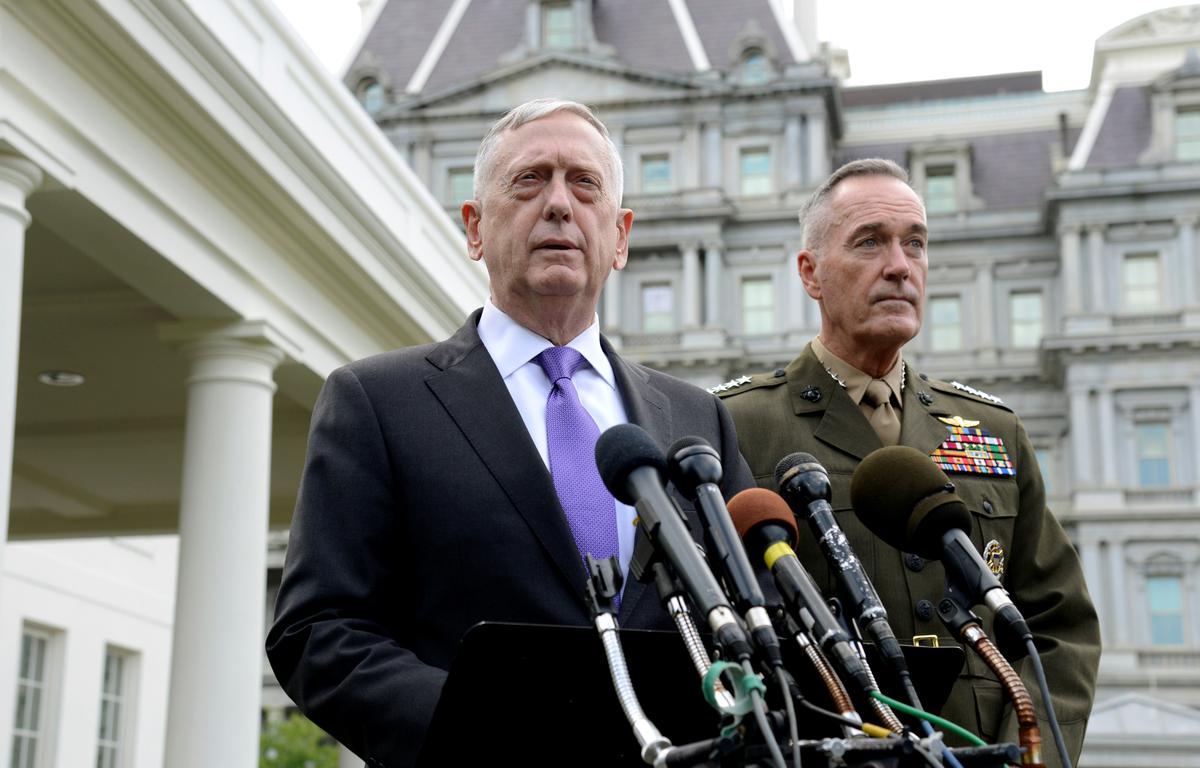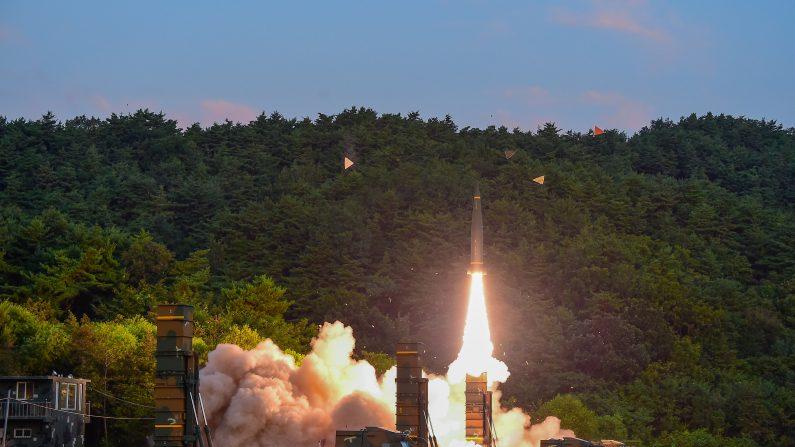South Korea launched missiles in a live-fire exercise against a simulated North Korean nuclear site. The show of force was meant to warn the rogue nation after its latest nuclear test.
A South Korean surface-to-surface missile and a long-range air-to-ground missile took out targets in the Sea of Japan, according to Seoul military sources.
The test site was a mock-up of the Punggye-ri nuclear site where North Korea carried out its bomb test.
“The training demonstrates the South Korean military’s resolve to destroy not only the origin of provocation but also the enemy’s leadership and supporting forces if they threaten the security of our people,” Army Col. Roh Jae-cheon, the JCS spokesman said according to South Korea’s Yonhap news agency.
South Korean President Moon Jae-in called North Korea’s weekend nuclear bomb test an “absurd strategic mistake” and called for new UN Security Council sanctions to “completely isolate” North Korea.
North Korea claims the hydrogen bomb it tested is compact enough to fit on a long-range missile. It is the regime’s sixth nuclear test and the first since President Donald Trump came into office.
North Korea’s state-run Korean Central News Agency (KCNA) said the bomb was small enough to be used in an ICBM, also reporting that leader Kim Jong Un watched another H-bomb be loaded into a new ICBM on Sunday.
The U.S. Geological Survey’s Earthquake Hazards Program captured a 6.3 explosion-generated earthquake on Sept. 3, 22 kilometers east-northeast of Sungjibaegam, North Korea.






